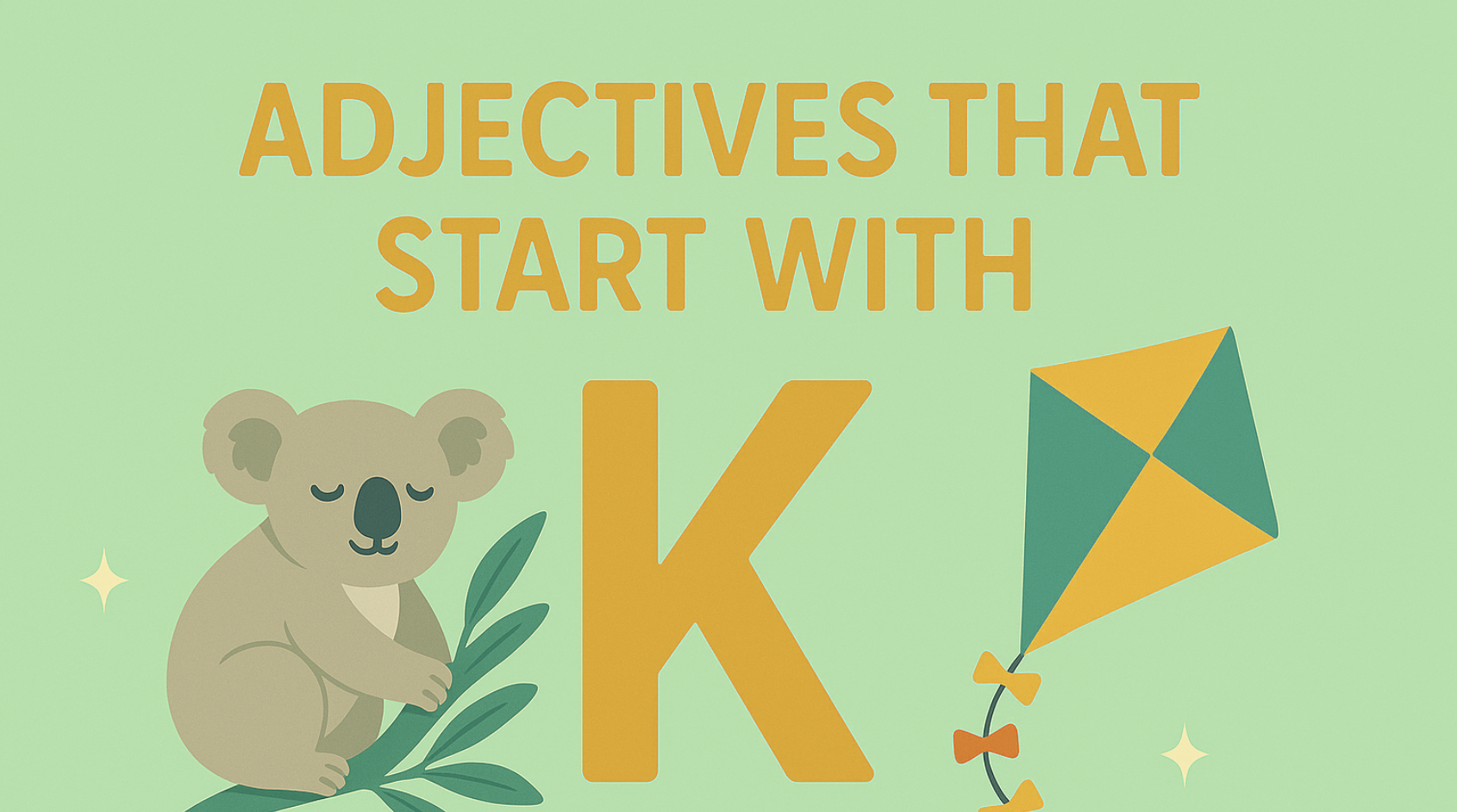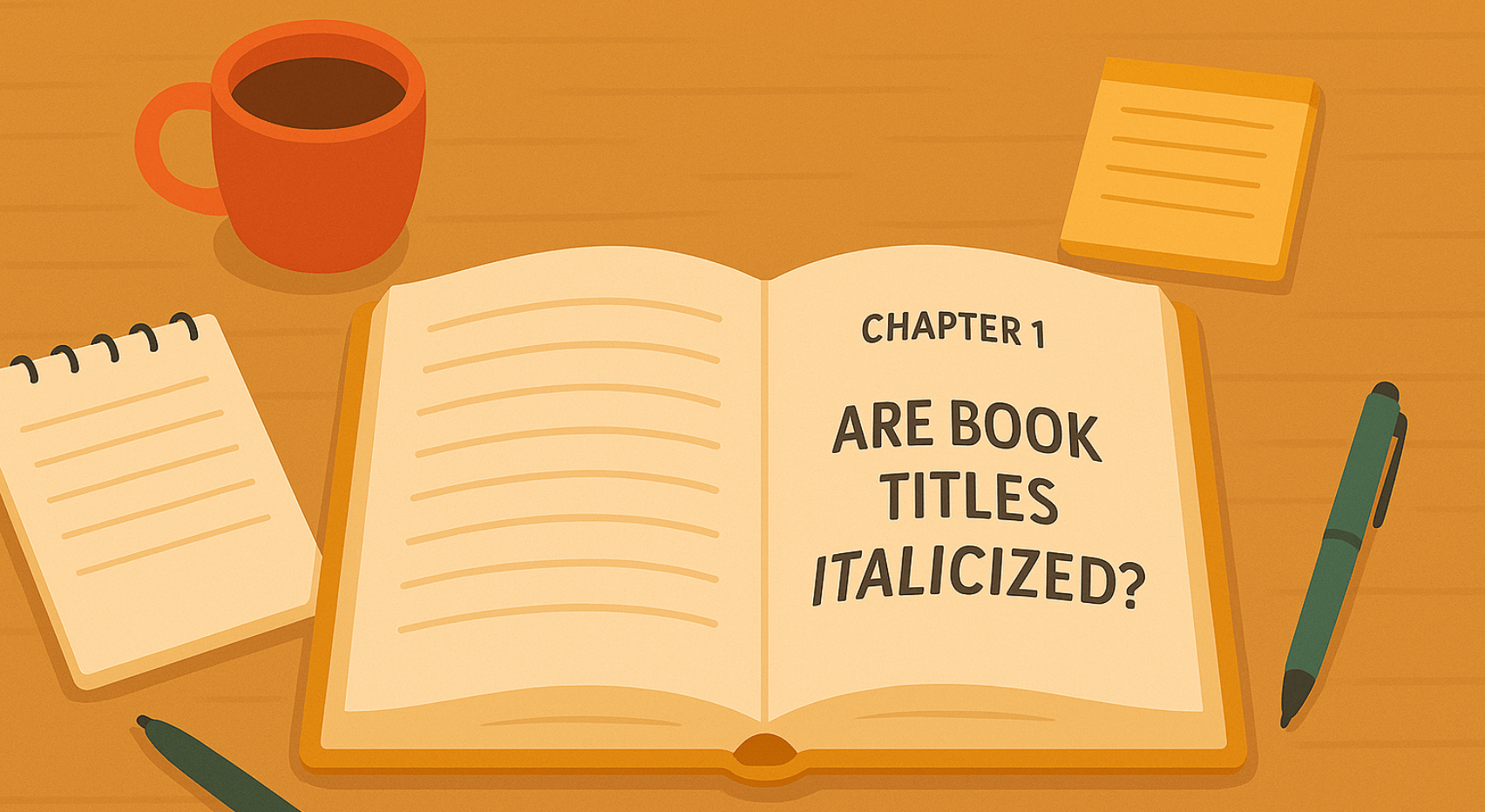Have you ever wondered who wrote that article you just read? Whether it’s a breaking news story or an opinion piece, there’s always a name attached, often in the form of a byline. But what is a byline, and why does it matter? It’s not just a name; it’s a marker of credibility and authorship, helping readers know exactly who’s behind the words they’re reading. In this article, we’ll unpack the meaning of a byline, its role in news stories, and share real-world examples that illustrate how bylines are used. By the end, you’ll have a deeper appreciation for that simple line of text at the top of every article.
What is a Byline? Defining the Term
A byline is a line of text in an article that identifies the author or creator of the content. In its simplest form, it’s typically placed beneath the headline and includes the writer’s name, sometimes followed by their title or affiliation. The byline serves as an essential element in both traditional newspapers and online publications, acting as a formal attribution of authorship.
So, what is a byline? It’s not just a signature; it’s a statement of credibility and responsibility. The byline definition extends beyond giving credit—it connects the article’s content to its creator, establishing authority, trustworthiness, and ownership. To define byline, it goes beyond just identifying the writer; it ensures transparency and holds the creator accountable. By including a byline, publishers and news organizations help readers understand who’s behind the information they’re consuming, making it an integral part of transparent journalism. In short, it is an essential tool in both defining authorship and ensuring the content’s authenticity.
What Makes a Good Byline?
A good byline is clear, concise, and informative. It should not only credit the author but also offer some context, such as their role, title, or location. A well-crafted byline helps establish the author’s credibility and authority, which is particularly important in journalism. For example, a simple byline example like “By John Doe, Senior Reporter” gives both the name and the writer’s position, signaling expertise. This aligns with the byline definition, which emphasizes both attribution and context. To define byline, it’s not just about giving credit—it’s about providing transparency and establishing the writer’s connection to the content.
The best bylines are straightforward, but in some cases, they can include additional information that strengthens the connection between the writer and the content, such as the location or their area of expertise. For instance, “By Jane Smith, Political Reporter, New York” adds depth, especially for articles that focus on regional or political topics.
A good byline also aligns with the publication’s style. It should be formatted clearly and consistently, helping readers quickly identify the writer behind the content. Ultimately, a well-constructed byline boosts the article’s credibility, making it clear who is responsible for the reporting or analysis.
Your Publishing Journey Awaits – Start NowThe Byline in News Stories: More Than Just a Name
In news stories, a byline is much more than a simple name at the top of the page. It’s a key element that helps establish the credibility of the article. When you see a byline, it’s the publisher’s way of showing who is responsible for the information you’re reading. This is particularly important in traditional journalism, where trust and accuracy are paramount. By attaching a byline to an article, newspapers and news agencies like the Associated Press signal that the content is not only produced by a specific individual but also that the writer is accountable for the facts and insights presented.
The byline’s role in establishing trust is especially important when it comes to sensitive or breaking news. Readers are more likely to trust information when they know exactly who is behind it. Whether it’s a seasoned reporter or an expert in a certain field, knowing the author’s background adds a layer of transparency, helping readers gauge the reliability of the content. So next time you read a news story, remember: that byline isn’t just a formality—it’s a seal of trust.
The Associated Press: A Standard for Byline Usage
The Associated Press (AP) is one of the most respected names in journalism, with a rich history dating back to 1846. As a global news organization, the AP has set the standard for how news is reported and delivered, influencing journalistic practices around the world. One key aspect of their professionalism is the careful use of bylines. In AP articles, the byline typically includes the author’s name, their role or title, and sometimes their location. This standardized format ensures consistency and helps maintain the integrity of the news.
For example, an AP byline might look like this: “By Jane Doe, AP Reporter, New York.” This straightforward approach not only identifies the author but also reinforces the transparency of the reporting process. The AP’s byline format is considered a benchmark in the industry, ensuring that every article has a clear, identifiable source. By adhering to this practice, the AP builds trust with readers, assuring them that each piece of content is credible and professionally reported, further enhancing the authority of news reporting.
Byline Examples: See How It Works in Real Life
Bylines appear in various forms depending on the publication, author, and platform, each serving the same core purpose: identifying the writer and establishing accountability. Here are a few byline examples across different formats to showcase how they work in real life.
- Newspapers: In traditional print newspapers, bylines are typically short and formal. For instance, a byline might read:
“By John Doe, Senior Writer.”
This concise format credits the author while sometimes highlighting their position or area of expertise. Larger publications, like The New York Times, may include the author’s location as well, such as:
“By Sarah Smith, Correspondent, London.”
Newspapers like The Washington Post might also use bylines with additional details:
“By Jane Doe, National Political Reporter, The Washington Post.” - Online Articles: In the digital world, bylines can sometimes be a bit more flexible. Websites might include the author’s name along with their social media handles, job title, or even a brief biography. For example:
“By Sarah Smith, AP Contributor | Follow Sarah on Twitter @sarahs.”
This not only gives credit to the writer but also encourages reader engagement by offering a way to connect with the author. News sites like HuffPost might go a step further:
“By Emily Johnson, Senior Editor, HuffPost | Read more from Emily on HuffPost’s Women section.” - Magazines: Magazine bylines may be more detailed, often including the writer’s title or role. A byline could appear as:
“By James Brown, Health & Wellness Editor.”
This helps readers understand the author’s qualifications or focus area, which is particularly relevant for niche magazine articles. A popular magazine like Vogue may use this format:
“By Anna Taylor, Fashion Editor at Large, Vogue.” - Freelance and Contributor Articles: Freelancers and contributors often have bylines that include their role or area of expertise. These can vary in length depending on the publication. For example:
“By Michael Peterson, Freelance Technology Writer.”
Or in the case of longer contributor bylines:
“By Jessica Lee, Award-Winning Travel Journalist and Author of ‘Wanderlust: Exploring the World.’
These examples show how bylines differ between publications, with online platforms embracing flexibility, while print media sticks to more traditional, succinct formats. Whether it’s a newspaper, magazine, or online article, the byline serves as a critical marker of authorship and authority.
Bylines and Search Engines: A Subtle SEO Connection
While bylines are traditionally seen as a way to credit the author, they also play a surprisingly important role in search engine optimization (SEO). Search engines like Google increasingly value authorship when ranking articles, as they help establish both credibility and authority on the topic being discussed. By including a clear byline, publishers can signal to search engines that a specific, identifiable person is responsible for the content, which plays into the overall trustworthiness of the article.
Search engines identify authorship through bylines and use that information to assess the relevance of the content. When an article includes a byline that links to an author’s profile or past work, it provides a clearer connection between the content and its creator. This authorship verification can enhance the content’s ranking, as search engines are more likely to trust and prioritize content that has a recognizable, credible author.
Articles with clear bylines often rank better in search engine results because they establish trustworthiness. When content is tied to a specific individual, particularly one with recognized expertise, it signals to search engines that the article is not just randomly generated or lacking authority. As a result, bylines do more than give credit to the writer—they indirectly help boost the content’s SEO performance by showing that the article comes from a reliable, authoritative source.
Conclusion: The Power Behind the Byline
In conclusion, the byline is far more than just a name at the top of an article. It defines authorship, establishing the credibility of the content and influencing reader trust. By linking articles to specific authors, bylines ensure transparency and accountability. Additionally, in the digital age, bylines play a crucial role in SEO, helping articles rank higher by signaling trustworthiness and authority. So next time you read an article, take a moment to notice the byline—it’s not just a formality, but a key to understanding the value and reliability of the content.
FAQs – What Is a Byline?
Q1: What is a byline?
A byline is a line in a newspaper, magazine, or online article that names the author of the piece. It typically appears just below the headline and provides attribution, giving the writer credit for their work. The byline definition serves to establish authorship, helping readers connect the content to a specific person or source.
Q2: What makes a good byline?
A good byline is clear, concise, and informative. It should include the author’s name and may also include their role, title, or location to offer additional context. A well-crafted byline enhances the credibility of the article and establishes trust with readers by clearly identifying the author responsible for the content.
Q3: What is the difference between a tagline and a byline?
A byline attributes authorship to an article, while a tagline is a catchy phrase or slogan often used to summarize or promote the article’s theme. Taglines may appear alongside or near the headline, but unlike a byline, they don’t provide authorship information. Taglines focus on grabbing attention, while bylines focus on assigning credit.
Q4: What does a byline look like in a newspaper?
In a newspaper, a byline typically appears just under the headline and may include the author’s name and title. For example, a byline example would be: ‘By John Doe, Staff Writer.’ In larger publications, additional details, like location, may also be included, such as: ‘By Jane Smith, Correspondent, London
Q5: What is the purpose of a byline?
The primary purpose of a byline is to identify the author of an article. It serves both as a form of credit and a way for readers to gauge the authority behind the information. In journalism, bylines contribute to transparency and accountability, letting readers know who’s responsible for reporting the news or crafting an opinion piece.
Q6: How do you use a byline?
Bylines are placed at the beginning of an article, usually just below the headline. The author’s name is typically followed by their role or location (if relevant). In online platforms, bylines may sometimes also include the writer’s social media handles or links to their bio, offering readers a way to engage with the author beyond the article.
Q7: What is the difference between a credit line and a byline?
A credit line refers to an acknowledgment of the source of a photo, illustration, or other visual content. It’s typically separate from the article’s byline. A byline, on the other hand, attributes the written content of the article to a specific author. While both serve to provide credit, a byline is specifically for the writer, whereas a credit line is for visual creators.
Q8: How long should a byline be?
A byline should be as concise as necessary to provide relevant information. For example, a byline example like ‘By Sarah Williams, Business Editor’ is clear and straightforward. In most cases, a byline is one line, though it can be longer if additional context, such as the author’s role or location, is included.
Q9: What is the author byline format?
The standard author byline format is usually:
“By [Author’s Name], [Role or Title]”
For example:
“By John Doe, Senior Reporter”
In some cases, the location is included, especially for international articles. The format may vary by publication style.








